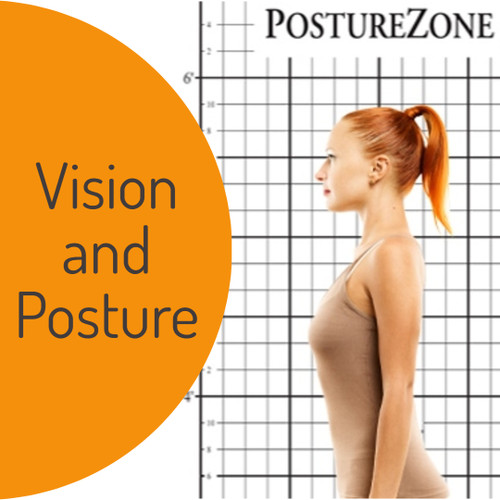Neuro Optometry, Vision Therapy and Posture Assessment
Posted by Renee North, CPEP on 22nd Feb 2023
What Does Neuro Optometry & Vision Therapy Have to Do With Posture?
Neuro-Optometric rehabilitation and vision therapy are related to posture in several ways.
First, the visual system plays a crucial role in maintaining proper posture. The eyes provide feedback to the brain about the position of the body in space and the orientation of the head. This information is used to adjust the position of the body and maintain balance. If there is a problem with the visual system, such as poor eye tracking or convergence insufficiency, it can lead to a compensatory posture that may cause pain and discomfort. These issues can be identified during the neuro optometric assessment.
Second, posture assessment can be used to identify problems with the visual system. For example, a forward head posture (FHP) may be a sign of convergence insufficiency, which is a condition where the eyes have difficulty working together at near distances. A slouched posture may be a sign of poor visual tracking, which can cause eye strain and headaches.
Vision Therapy
Finally, vision therapy can be used to improve posture by addressing underlying visual problems. Vision therapy is a specialized form of therapy that involves exercises and activities designed to improve the functioning of the visual system. By improving eye tracking, convergence, and other visual skills, vision therapy can help individuals maintain proper posture and reduce pain and discomfort.

As our understanding of the complex relationships between different aspects of the body and the visual system has evolved, most optometrists now recognize the importance of posture assessment in evaluating an individual's visual function. In order to address the potential impact of visual problems on posture and overall health, many optometrists now incorporate a posture grid exam as part of their routine evaluation.
Posture and Optometry Exams
A posture assessment involves using a posture grid to measure and analyze an individual's posture, including the position of the head, shoulders, hips, and feet. After identifying any asymmetries or imbalances, optometrists can use this information to develop a customized treatment plan.
Incorporating a posture exam into routine optometric evaluations is an important step in providing comprehensive care to patients. By addressing both visual function and posture, optometrists can provide patients with a better understanding of the connections between different aspects of their bodies. This approach also emphasizes the importance of preventive care, as addressing underlying visual problems early on can help prevent more serious issues from developing over time.
Overall, the modern approach using a posture grid as part of routine optometric evaluations is a positive development that highlights the importance of a holistic approach to health and well-being.


